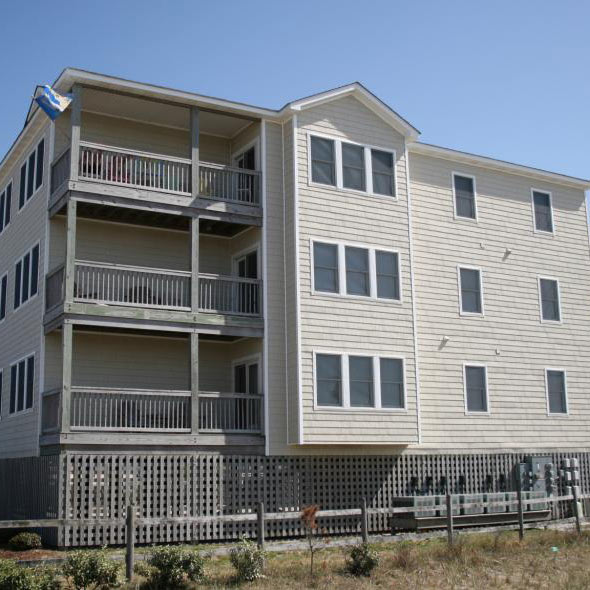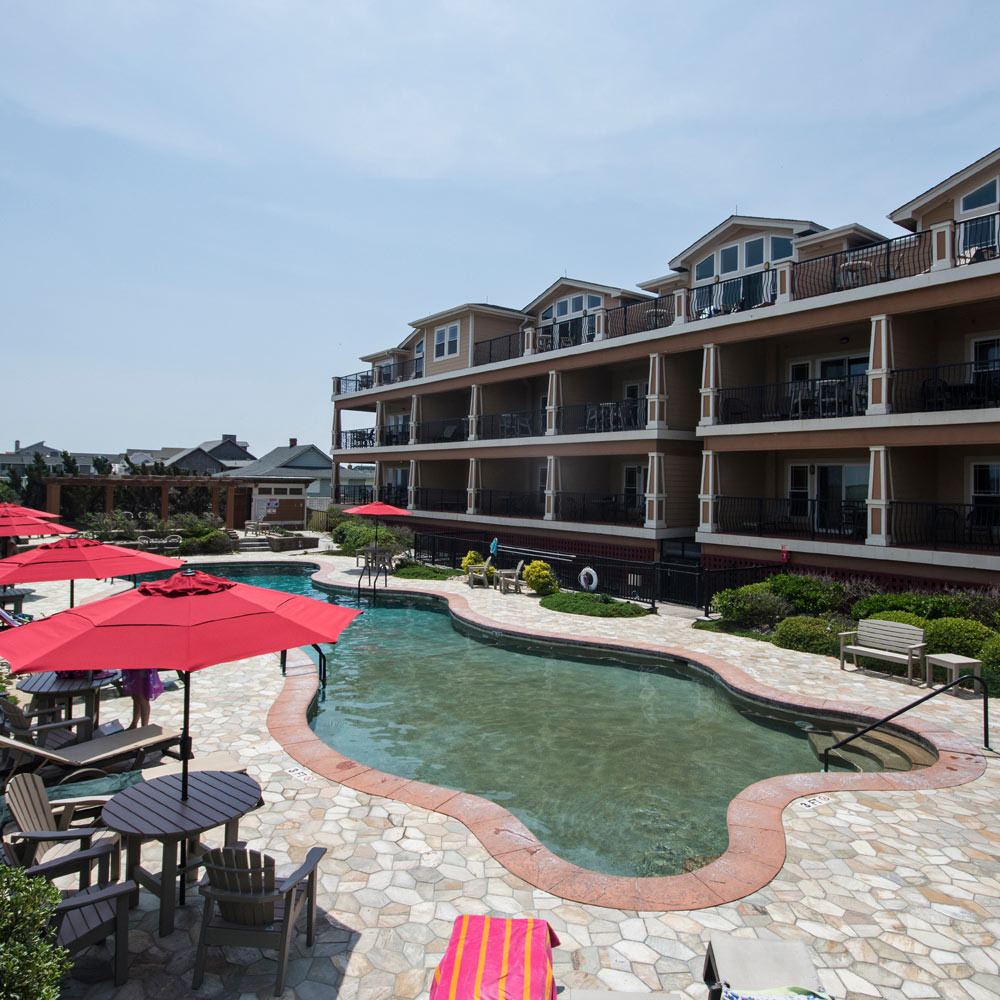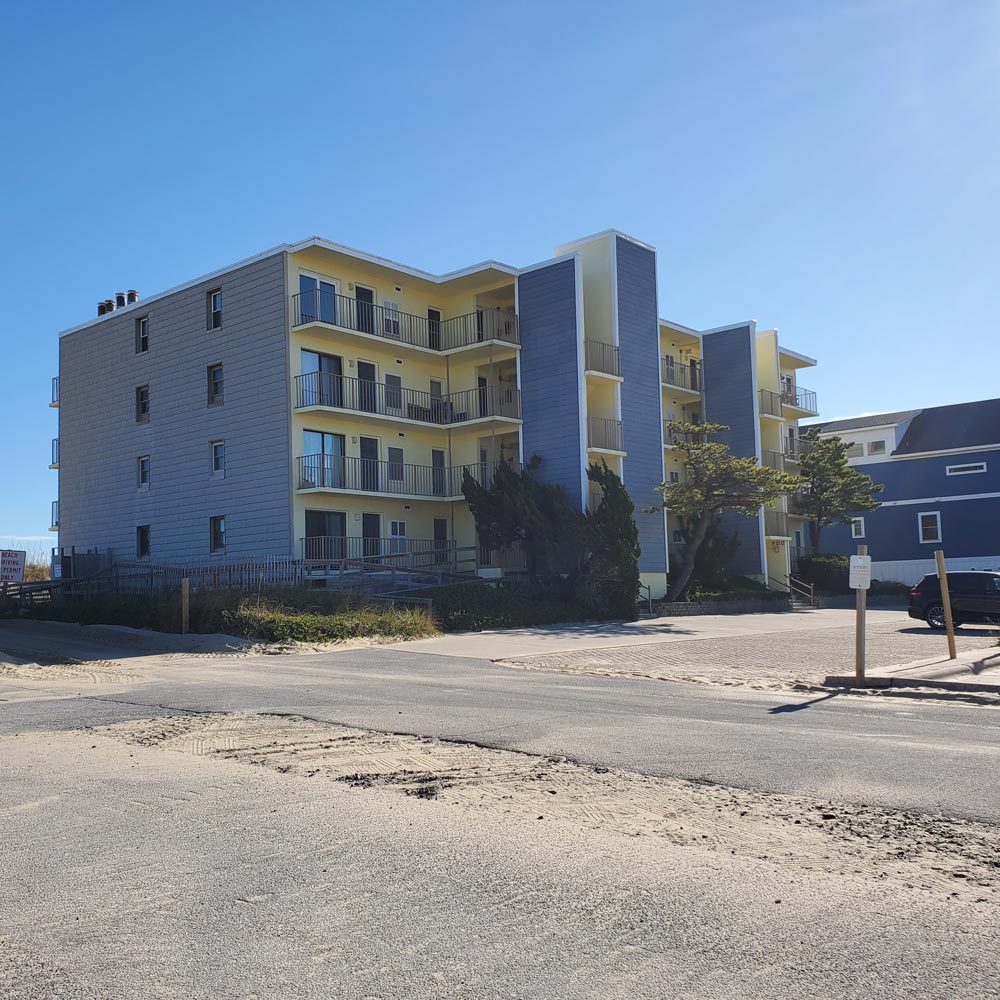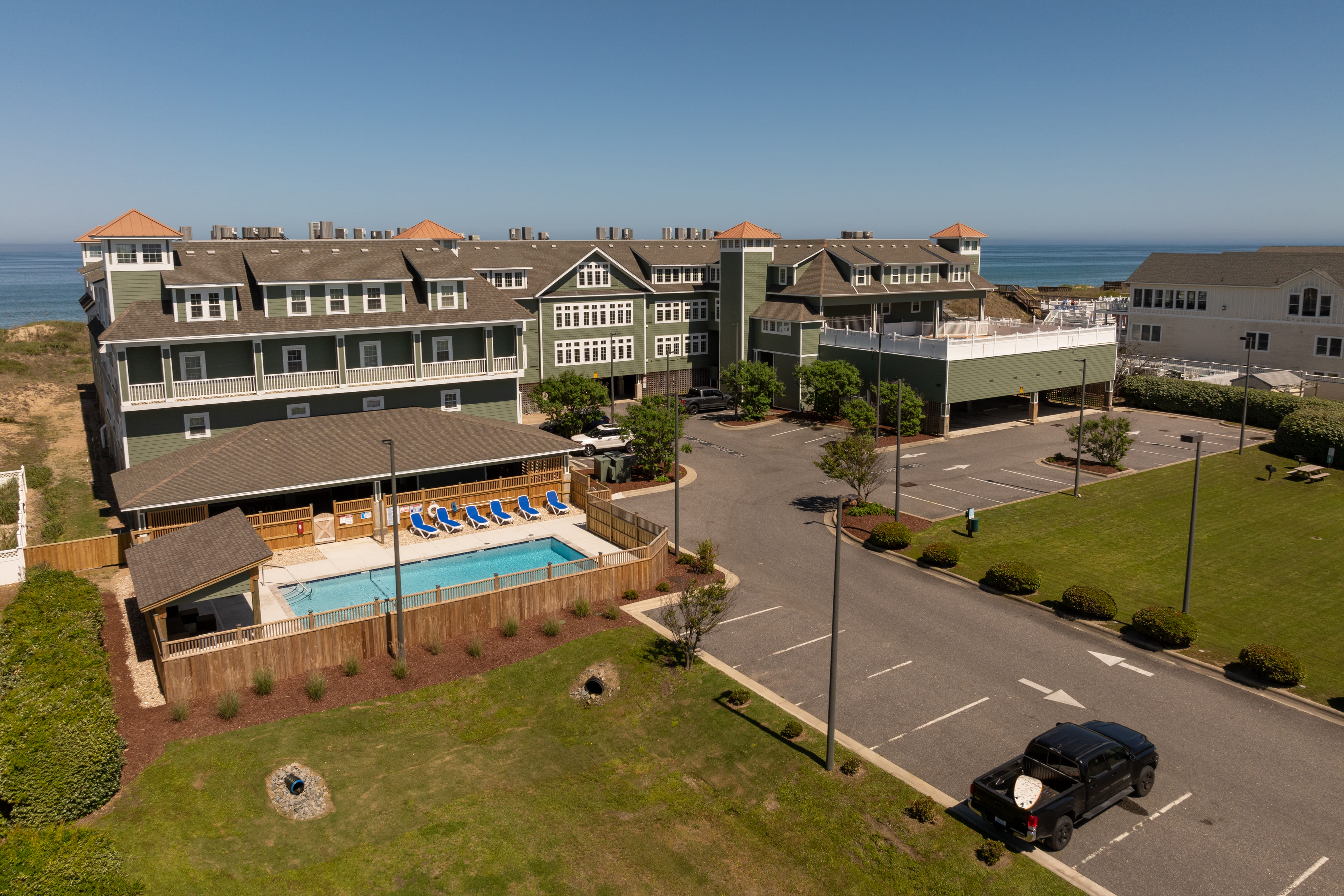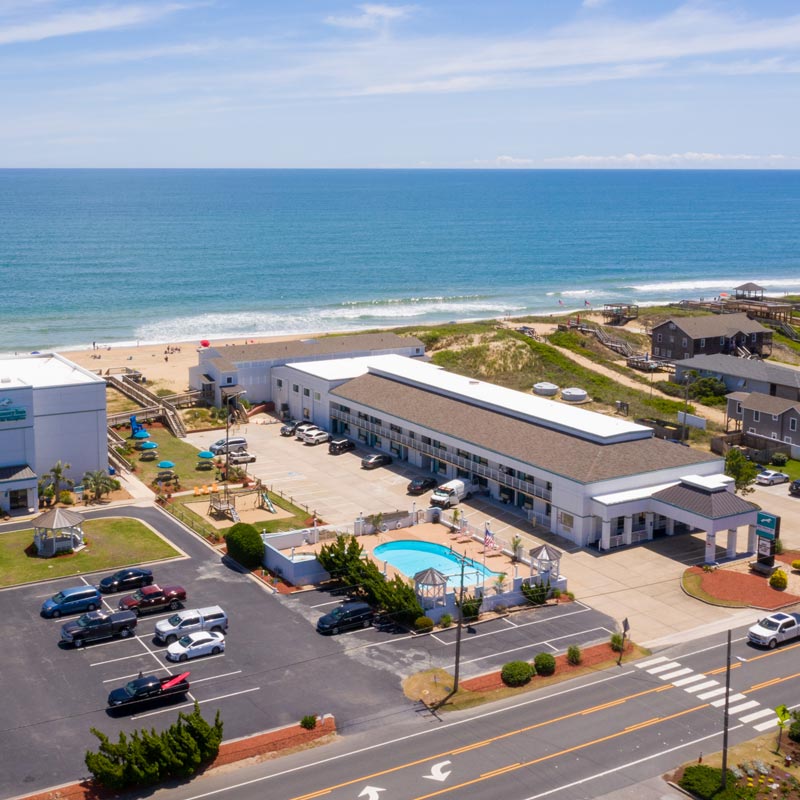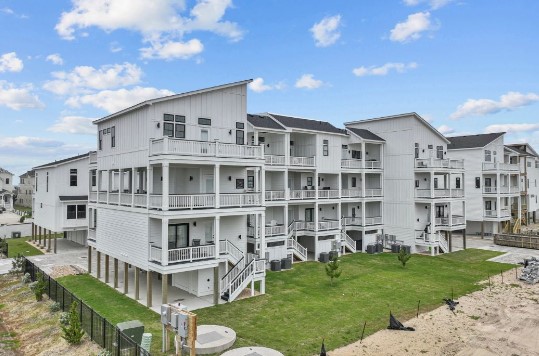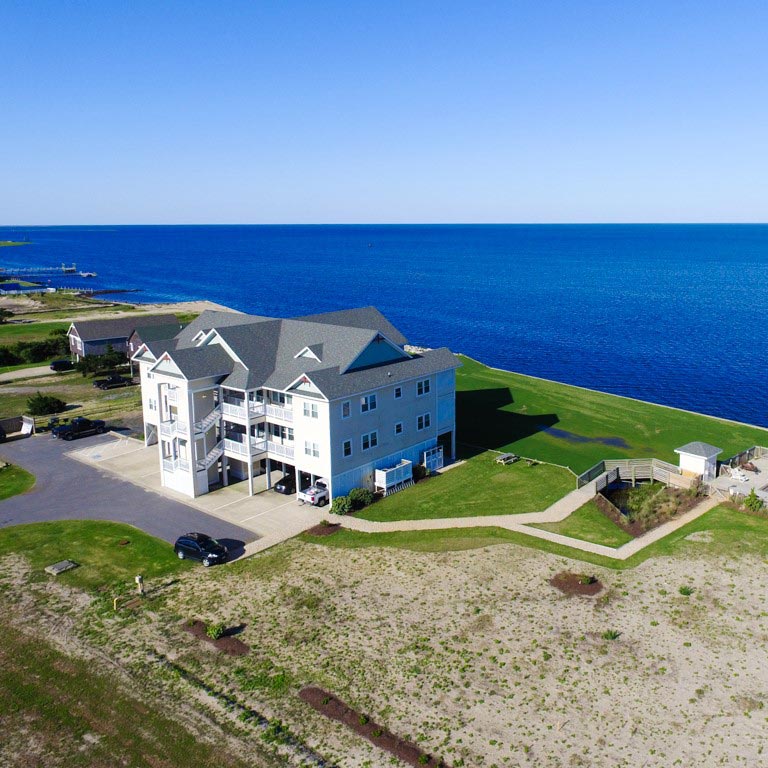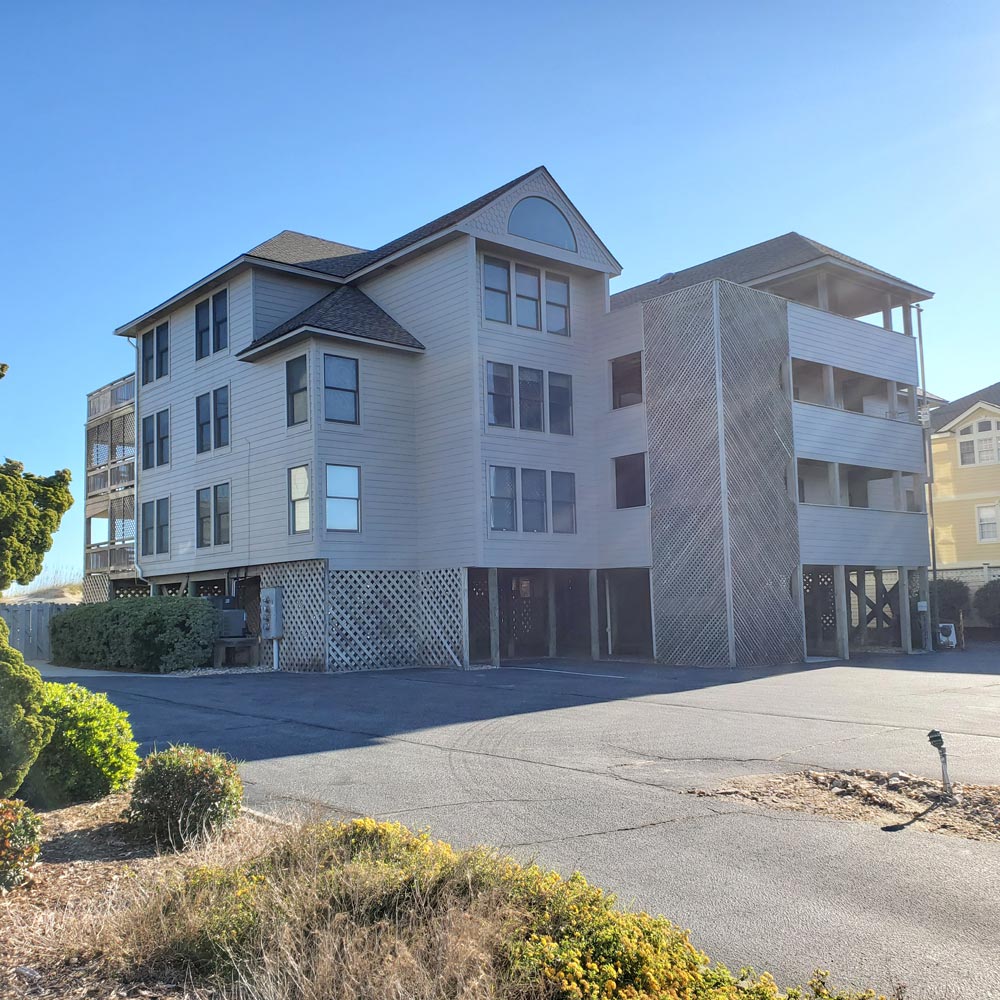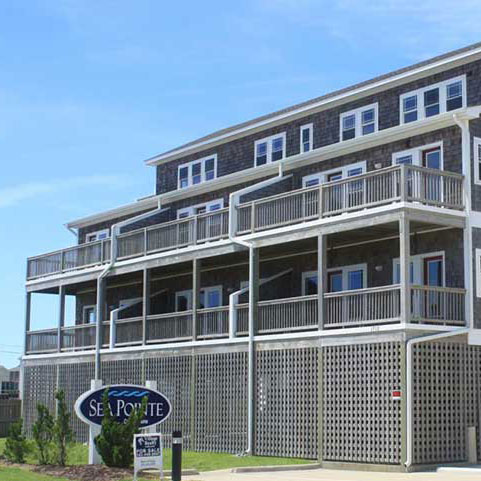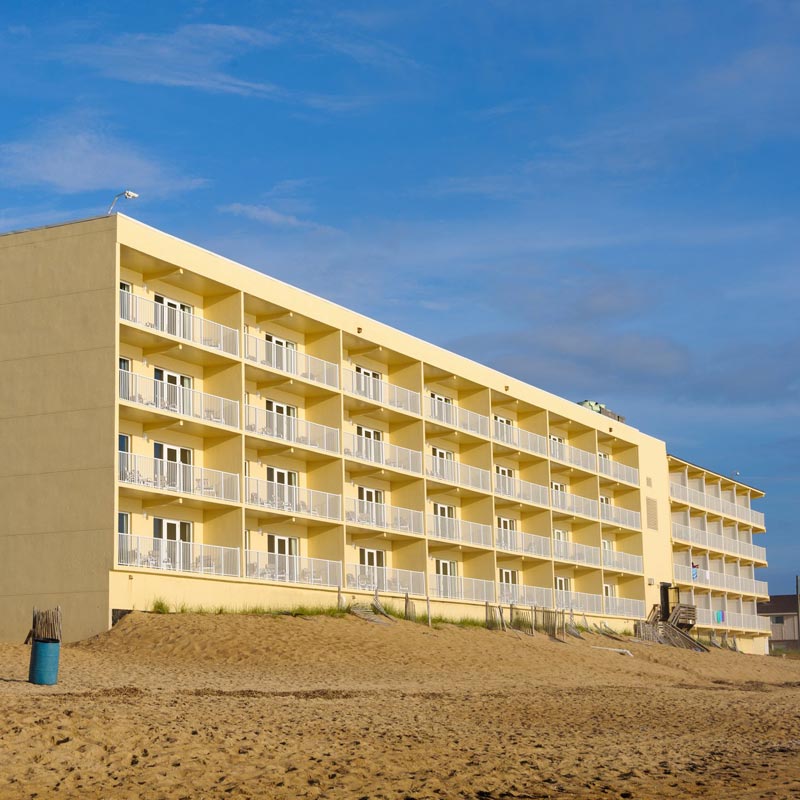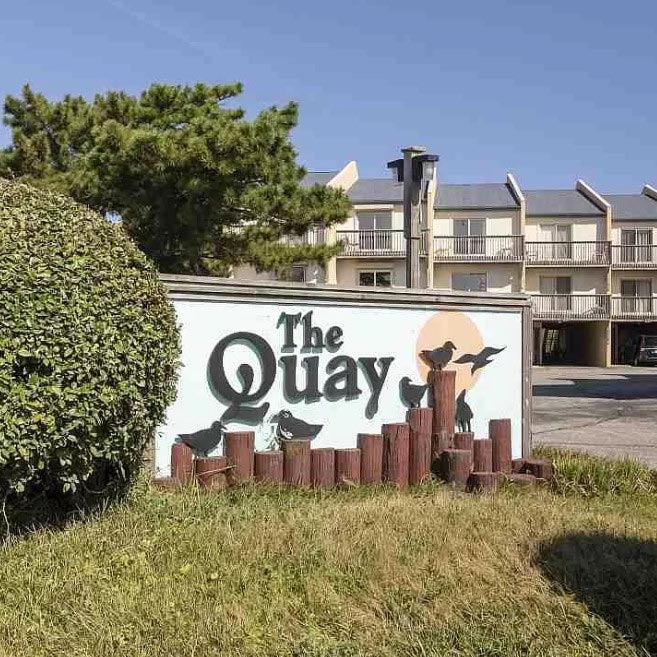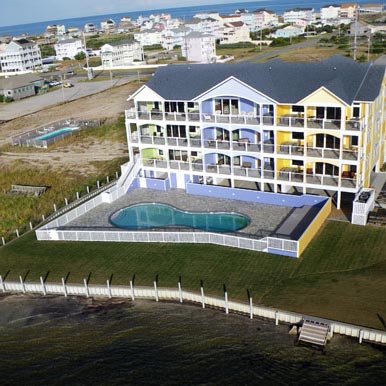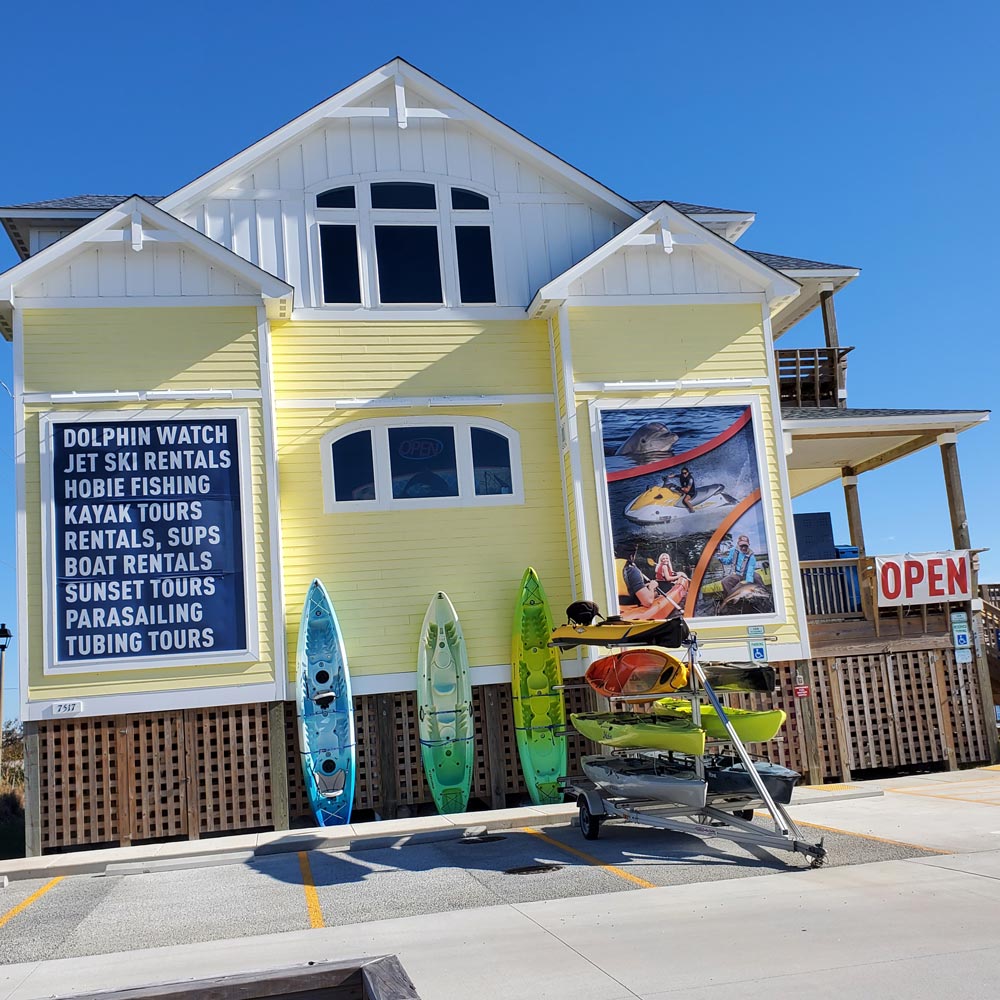The Wright Brothers National Memorial 2020 Visitors Guide

The Wright Brothers National Memorial Park is a must-see attraction revealing the fascinating history of aviation by showcasing the world-changing inventions of Orville and Wilbur Wright.
Park History
Orville and Wilbur Wright, two brothers born four years apart, shared an immense curiosity of science that led to the idea of human flight leaving the world of imagination to become the reality we know. The brothers moved from Dayton, Ohio to Kill Devil Hills, North Carolina in 1900. The move was decided after hearing from the US Weather Bureau about the strong steady winds in the area. The brothers were also attracted to the remote area in order to work on their experiments and inventions in privacy. They carried out nearly 1,000 glider flights in the Fall of 1902 before successfully building the 1903 Flyer.
The three years of strenuous experiments and testing that the Wright brothers conducted on Kill Devil Hills led to their discovery of the flight control skills that are still used to keep planes in the air today. Likely the most influential brothers in history, the aviation successes of Orville and Wilbur Wright completely revolutionized the world of transportation.
Nearly 1,000 people showed up at The Wright Brothers National Memorial Park on a stormy mid-November day in 1932 to celebrate the dedication of the newly constructed Memorial Tower. American aviation pioneer Ruth Nichols, the only woman yet to hold simultaneous world records for speed, altitude, and distance for a female pilot, was given the honor of removing the American flag to reveal the dedication plaque. Orville Wright, the only remaining brother alive at the time, was the guest of honor. A letter from President Herbert Hoover, who was unable to attend the ceremony, was read aloud before the dedication.
Park Points of Interest
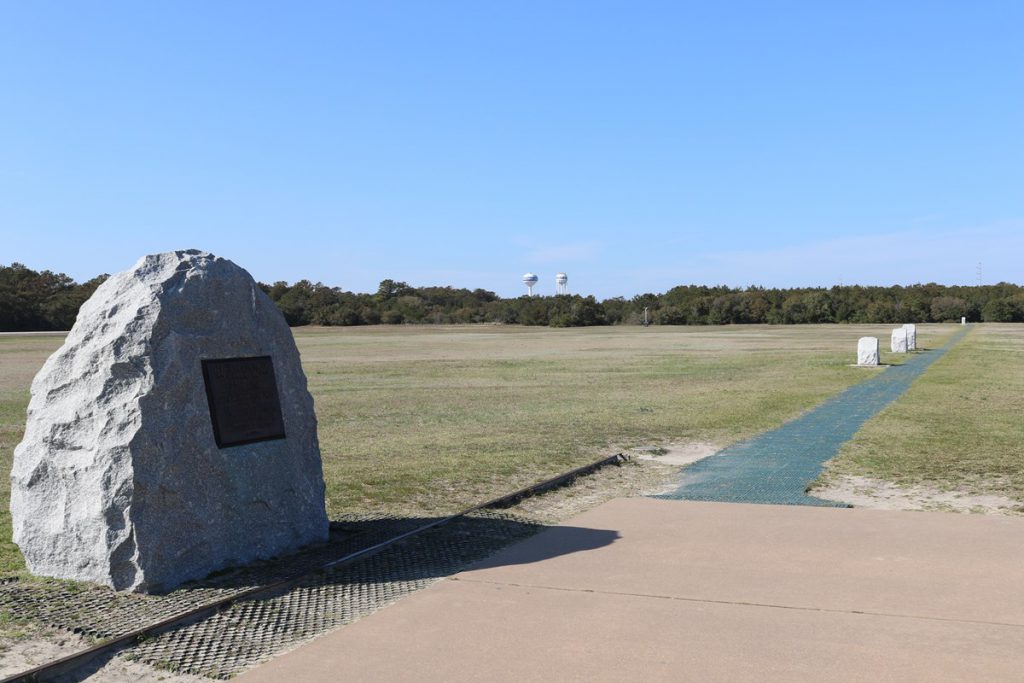
Once in the park, there are three different areas of interest for visitors to explore. The visitors center, the runway field, and the memorial hill each share an intriguing part to the story of the Wright brothers aviation success.
At the visitors center, you can see firsthand exhibits and artifacts on display of the Wright brothers work. Complete replicas of the 1903 Flyer and 1902 Glider can also be seen. The 1902 Glider was the third free flight glider built by the Wright brothers. This glider directly impacted the Wright’s innovative leap into actual aviation. The 1903 Flyer, inspired by the 1902 Glider, was the first ever powered aircraft heavier than air to successfully fly. The visitor center also holds a small museum, a book and souvenir shop, and an information desk where rangers are available to answer any questions.
The runway field is located just outside of the visitors center. Here you can tour where the Wright brothers lived, worked, and took their first ever flight. Walk the flight path and read the markers indicating where the first four successful flights landed. Tour the reconstructed buildings that show exactly how the Wright brothers camped while they worked on their inventions. These structures were built based off of historic pictures and represent the historical first airplane hanger in the world.
Up Kill Devil Hill you will see the memorial tower. In 1932 this 60-foot tall granite structure was erected to commemorate the Wright brothers achievements in aviation. Many of the brother’s test studies with the glider were on this once shifting dune. Later the dune was stabilized in order to create the monument. The six panels along the monument represent various conquests of the air including:
- Besnier: a French locksmith who thought that if he propelled himself into the air with paddles attached to his arms and legs that he could fly
- Otto Lilienthal: a German man who passed away while conducting gliding experiments
- Icarus: a figure of Greek mythology who attempted to fly by attaching feathers to his arms. As the legend goes, the wax Icarus used to attach the feathers to his arms melted when he flew too close to the sun.
Don’t forget to catch a scheduled Flight Talk while you are there! Flight Talks are given at various times throughout each day where a park ranger details the story of the Wright brothers first flight including demonstrations of how the plane worked using the actual 1903 Flyer replica.
Park Hours and Prices
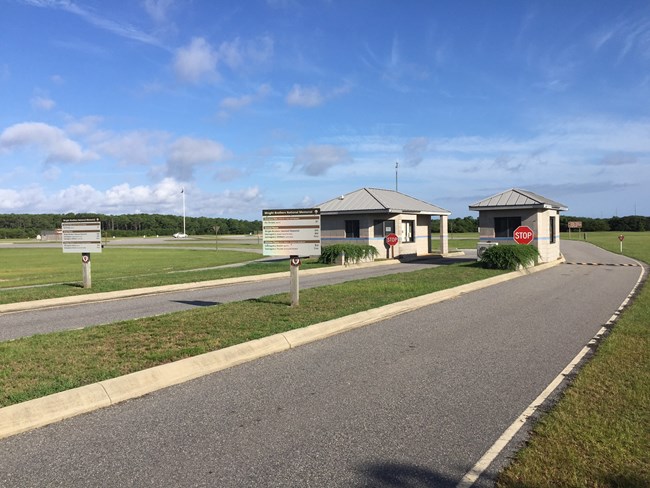
The park is open year round, every day of the week, from 9 am to 5 pm. The park only closes on Christmas Day.
Every person entering is required to have an entrance pass. Entrance passes start at ten dollars per individual 16 years of age and older. Children 15 and under are admitted free. Federal Land Recreation Passes and Every Kid in a Park Passes also have free admission.
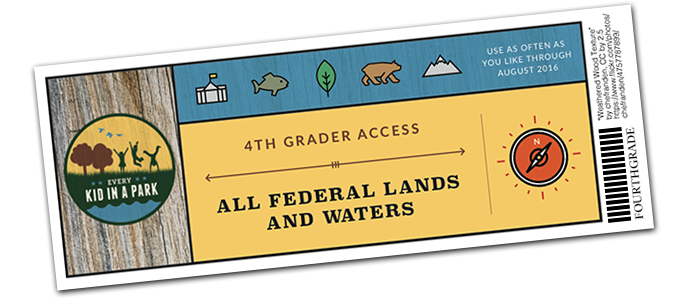
Commercial tour pricing ranges from 25 to 100 dollars depending on vehicle size and amount of passengers included.
Annual passes are available for frequent visitors at 35 dollars each.
Bring your pet! While your pets are welcome into the park, they are not allowed into the buildings. Pets must be on a leash no longer than six foot at all times. Please clean up after your pet and do not leave them unattended at any time.
Directions to the Park
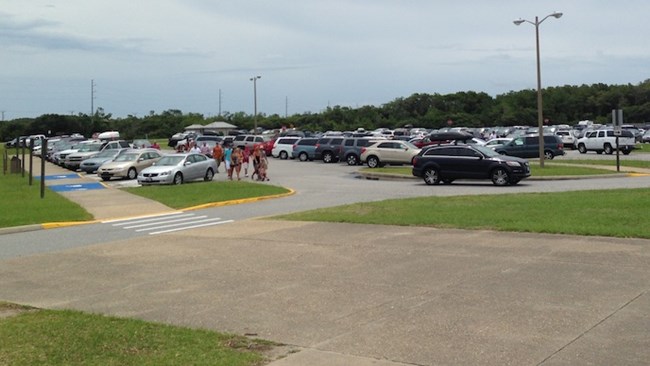
The park is located on a narrow stretch of an island off of the Eastern coastlines of North Carolina at 1000 North Croatan Highway, Kill Devil Hills, North Carolina.
From the North:
Take Route 168, also called the Chesapeake Expressway, south. The Chesapeake Expressway is a toll road. At the North Carolina border, 168 turns into 158. Follow US 158 East through Kitty Hawk, North Carolina until you reach Kill Devil Hills.
From the West:
Take US 64 East towards Plymouth, North Carolina. Continue East until you reach the US 64 and US 158 junction. Take US 158 through Nags Head to Kill Devil Hills.
From the South:
Take Route 32 to Plymouth, North Carolina. From Plymouth, follow US 64 East to Nags Head. Continue onto US 158 through Nags Head to Kill Devil Hills.
Posted on 10/21/2020 in Area Information, History, Things To Do


